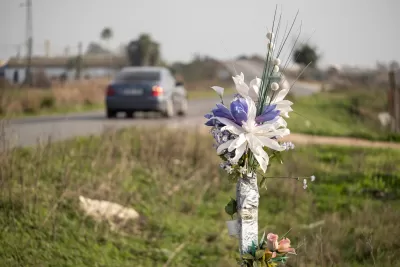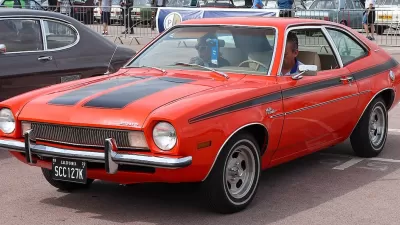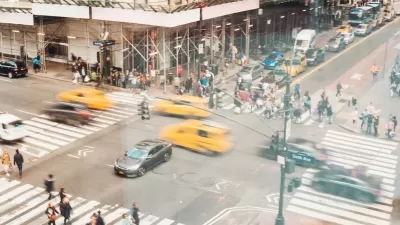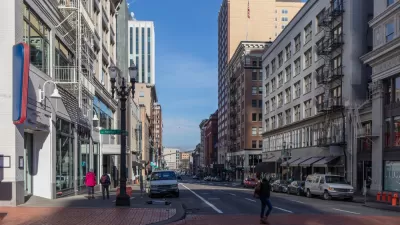According to a new report, rural roads nationwide see a disproportionate amount of traffic fatalities compared to their urban counterparts. But rural drivers in some states are at greater risk than in others.

“Traffic fatalities on the nation’s rural, non-Interstate roads occur at a rate nearly double that on all other roads,” states a new report from TRIP, a nonprofit organization researching transportation issues. Analysis of 2022 traffic data from multiple federal datasets, TRIP shows non-Interstate rural roads nationwide had an average traffic fatality rate of 2.01 deaths for every 100 million vehicle miles traveled compared to 1.12 deaths per 100 million VMT on all other roads. It also found that rural, non-Interstate roads accounted for 36 percent of the nation’s traffic fatalities but only 23 percent of all VMT in the U.S.
The report attributed these higher traffic fatality rates to a variety of factors, including a lack of roadway safety features, longer emergency vehicle response times, and higher speeds. But those factors vary highly per state. So which states are the most dangerous for rural drivers?
11 States with the Most Rural, Non-Interstate Traffic Deaths
Fatalities per 100 million vehicle miles traveled
- South Carolina - 3.11
- Delaware - 3.05
- Arizona - 2.87
- Oregon - 2.82
- Florida - 2.61
- North Carolina - 2.59
- Tennessee - 2.59
- Kentucky - 2.57
- Louisiana - 2.57
- Nevada - 2.53
- Texas - 2.52

Study: Maui’s Plan to Convert Vacation Rentals to Long-Term Housing Could Cause Nearly $1 Billion Economic Loss
The plan would reduce visitor accommodation by 25,% resulting in 1,900 jobs lost.

North Texas Transit Leaders Tout Benefits of TOD for Growing Region
At a summit focused on transit-oriented development, policymakers discussed how North Texas’ expanded light rail system can serve as a tool for economic growth.

Using Old Oil and Gas Wells for Green Energy Storage
Penn State researchers have found that repurposing abandoned oil and gas wells for geothermal-assisted compressed-air energy storage can boost efficiency, reduce environmental risks, and support clean energy and job transitions.

Private Donations Propel Early Restoration of Palisades Playground
Los Angeles has secured over $1.3 million in private funding to restore the Pacific Palisades playground months ahead of schedule, creating a modern, accessible space that supports community healing after recent wildfires.

From Blight to Benefit: Early Results From California’s Equitable Cleanup Program
The Equitable Community Revitalization Grant (ECRG) program is reshaping brownfield redevelopment by prioritizing projects in low-income and environmental justice communities, emphasizing equity, transparency, and community benefits.

Planting Relief: Tackling Las Vegas Heat One Tree at a Time
Nevada Plants, a Las Vegas-based nonprofit, is combating the city’s extreme urban heat by giving away trees to residents in underserved neighborhoods, promoting shade, sustainability, and community health.
Urban Design for Planners 1: Software Tools
This six-course series explores essential urban design concepts using open source software and equips planners with the tools they need to participate fully in the urban design process.
Planning for Universal Design
Learn the tools for implementing Universal Design in planning regulations.
Ascent Environmental
Borough of Carlisle
Institute for Housing and Urban Development Studies (IHS)
City of Grandview
Harvard GSD Executive Education
Toledo-Lucas County Plan Commissions
Salt Lake City
NYU Wagner Graduate School of Public Service





























